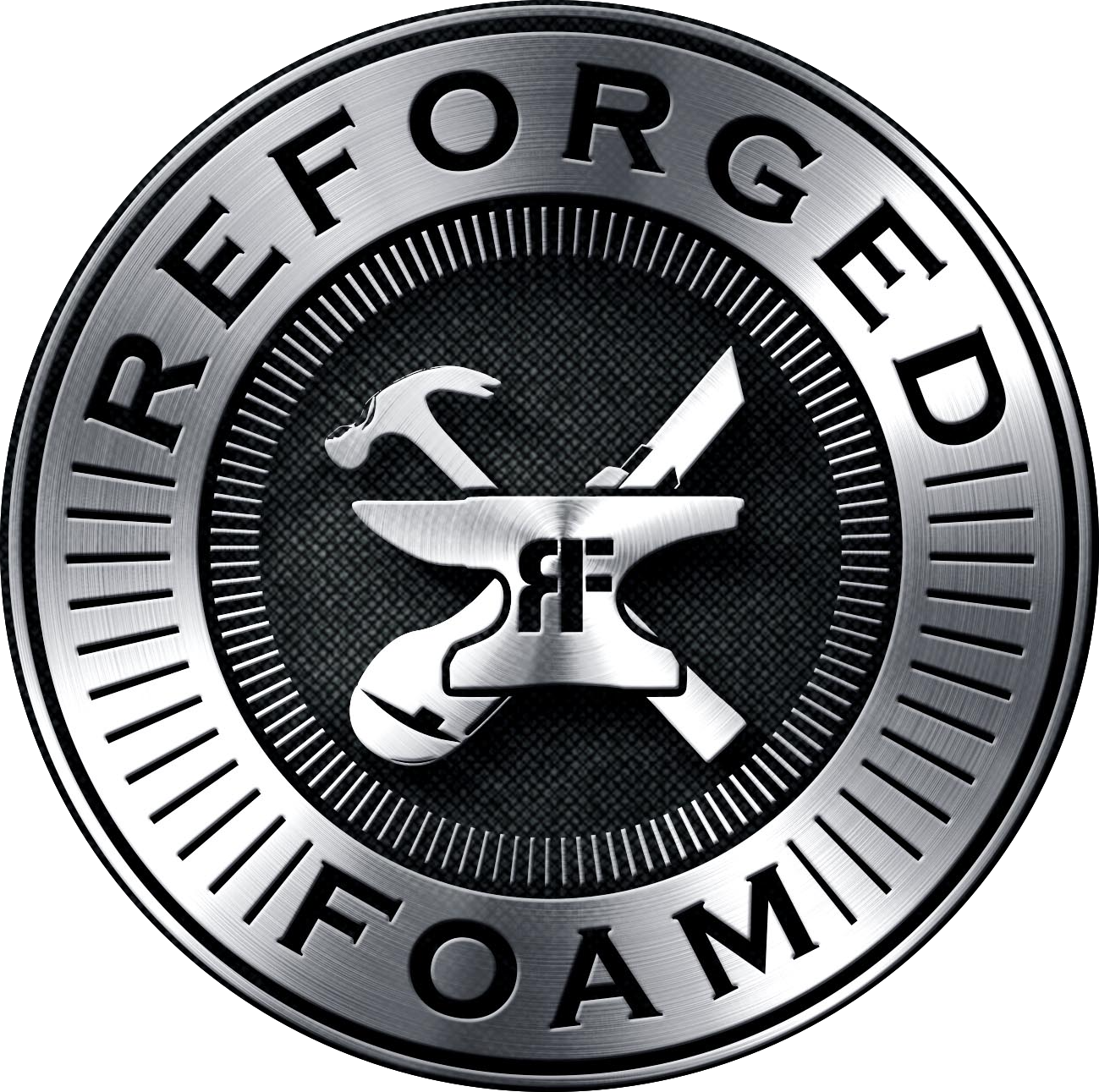How I do bullet damage effect on Props and Cosplay.
This is some battle damage I do on heavily damaged props and cosplay, Im going to explain as best I can the tools and processes I use to produce the “bullet damage” shown in the Photo.
First I should start by saying the tools I use to do this is a Dremel 8220 with a flexible shaft attachment, although any Dremel multitool will get the job done.
To start the bullet technique you're going to need a few different bits in order to get the right shape and texture of the bullet damage. These Dremel accessories are shown in the picture below.
These are the attachments you will mainly need as well as a cutting disk. These are essentially both grinding stones designed for sharpening metal or de-burring pipes etc, but they work great in Cosplay and Prop making so make sure you have them in your kit.
The one on the left is called Aluminum Oxide Grinding Stone 9,5 mm, and the one of the right is called Aluminum Oxide Grinding Stone 9,5 mm on the Dremel website. These can be purchased as part of various Dremel multitool kits or accessory packs.
The first step to applying this battle damage it to decide on the placement and the amount of bullet markings you're going to do, I always like to do them in clusters of 2 or 3, but thats just personal preference, you can do as many as you want.
To do this technique successfully you need to be aware of the thickness of the material your working with as your essentially going to carve out a hole almost at the max depth of the material in this case my material was 5mm foamex, so I was careful not to go all the way through.
The first thing to do is to create a carved out circle just smaller than your intended bullet damage (like in the photo), this is the base of the design and if you get the depth wrong with this its a nightmare and you go right through, so I would suggest practising on a bit of scrap first.
: cutting away the chipped of material
: carving initial impact point.
For the next part you're going to need to have practiced the heavy cuts technique we talked about in our last blog post, check that out if you don’t know what I mean.
We are going to use this technique on a smaller scale to remove material radiating from the centre of the bullet damage, as if the impact of the bullet has splintered the material and material has been essentially chipped off, I usually do this in the form of deep cuts starting as wider from the point of impact which is the centre of your bullet mark getting thinner as it got out, id keep the length of these cuts small, and think of doing two or 3 on each bullet hole your making.
Now we should have something thats starting to look like the photo. from here we need to use the cylindrical grinding stone so go ahead and attach that to your Dremel.
From here we need to essentially plunge the end of the cylindrical bit into the hole trying to keep the marks overall still circular but you can vary the position to get circular indents in the impact point of your bullet giving the impression that the impact has radiated out from a single point in the middle, you can also go slightly outside your original carved circle trying to show the the impact spreading out, you should get an effect similar to that in the photo.
The final step to this technique is to put the coned grinding stone back into your Dremel .
Your will then grind away material at the very centre of the bullet mark showing the first point of impact, its a good idea to make this the deepest point of impact as it would be if it was hit by a bullet, try and take it to the point where you’ve almost broke through the material entirely but not quite. Then you should have a relatively realistic looking bullet impact damage or certainly something that would pass for it.
Try adding these in different places on your costumes and props to add some heavy battle damage to your work.
When your trying this technique its sometimes hard to get right at first but you will get used to doing it, If you’ve made a mistake trying to do it on important bit of work, because the its essentially a carved hole it will have texture to it, so if your really not happy get a bit of filler to cover it and then sand it back flush you won’t notice it was there.
Hopefully I explained this technique in a way you understand and you can work on trying it out on your costume or props, and if you’ve used the technique and want to show me the results find me on instagram @reforged_foam I love to see new work and meet new makers. As always if you're using this technique please do so responsibly and follow all the safety advice on the tool you're using, you should definitely wear eye protection and this technique will be firing out quite bit of material.






